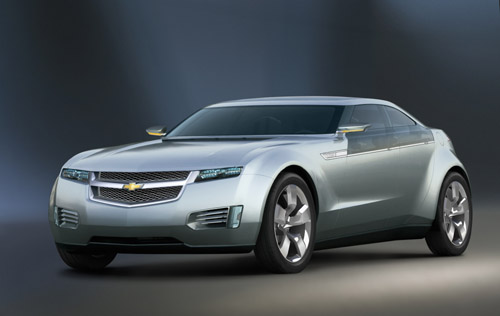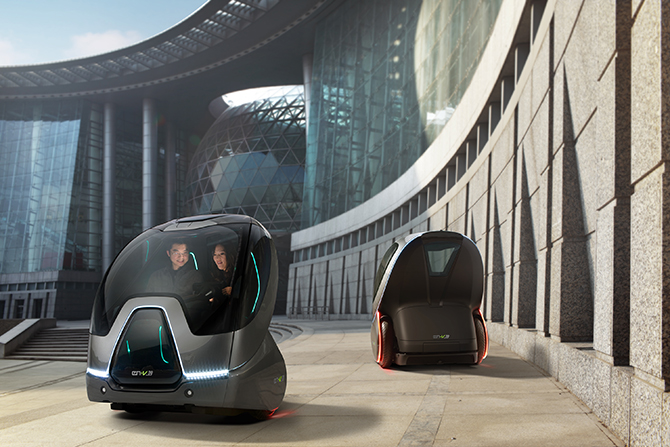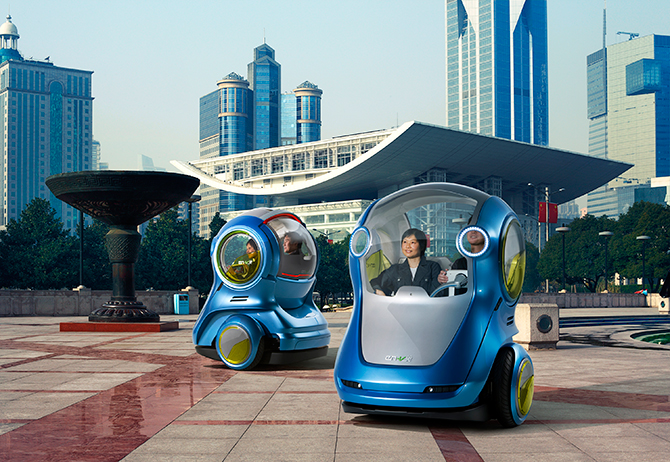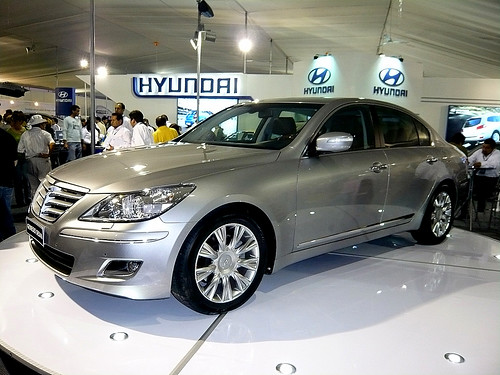(Source: Business Week & WSJ)
Ford Motor Co. is upping its production of fuel efficient vehicles in the third quarter to meet demand, the company, says for vehicles being purchased under the extended Cash for Clunkers program, as well as overall increased interest in new cars by consumers.

Cash for Clunkers is pushing August sales so far this month to levels not seen since before the global credit meltdown last Fall. In the first few days of August, Edmunds.com says the auto industry was cracking at a 16 million a year rate. That’s up from less than a 10 million selling rate in the first half of the year, and less than 12 million rate in July.
Ford increased its third-quarter production to 495,000 new vehicles, driven primarily by the demand for its Focus and Escape models. The company will build 6,000 more Focus vehicles during the quarter through overtime and Saturday shifts.
Ford senior sales analyst George Pipas says that it is too early to project the selling rate for August on the whole. “But I can tell you that retail sales we are seeing is eyepopping versus a year ago.”
Ford’s chief economist Ellen Hughes-Cromwick said the clunkers program could generate as much as 750,000 in new vehicle sales for the industry and is now on pace to run out of money within the next three weeks.
“This is what fiscal stimulus is suppose to do when you are in the financial situation we were in,” Hughes-Cromwick said.
Ford’s European executives said Wednesday they are holding formal talks with different governments to continue similar clunkers programs which are boosting sales in such countries as Germany. Russia, which is in a deep economic slump, also said Wednesday it too will start a scrappage offer.
Ford will build 10,000 more Focus sub-compact cars and Escape crossover SUVs than it had planned. In July, the first month of the government’s Clunkers program, the Focus was the top model purchased with the help of government rebates, while the Escape was the only utility vehicle to make the top ten.
Ford is increasing its North American production to a total of 495,000 units in the third quarter, an increase of 18% from the same quarter in 2008. Ford also plans to produce 570,000 vehicles in the fourth quarter, a 33% boost from the same quarter last year and 15% above planned third-quarter output.
The increased production will come after the Clunkers program has run out of money, but Ford says it will need it to replenish depleted inventories and deal with increasing demand for more fuel efficient vehicles as consumers anticipate higher gas prices with a recovering economy.
Click here to read the entire article.





![Reblog this post [with Zemanta]](http://img.zemanta.com/reblog_e.png?x-id=d0fb851f-a906-4be8-a9dc-d25c6abb932e)




![Reblog this post [with Zemanta]](http://img.zemanta.com/reblog_e.png?x-id=b995a12a-5a9b-49ff-9e3e-34c5e676041d)



